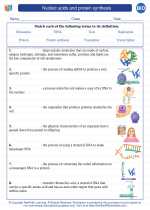Crust
The Earth's crust is the outermost layer of the Earth. It is a solid, thin, and relatively cold layer that covers the Earth's surface. The crust is composed of a variety of rocks, minerals, and geological formations, and it plays a crucial role in supporting life on Earth.
Composition of the Crust
The Earth's crust is primarily composed of silicate rocks, which are rich in silicon and oxygen. These rocks include granite, basalt, and other types of rock formations. Additionally, the crust also contains various minerals such as quartz, feldspar, and mica.
Types of Crust
There are two main types of crust: continental crust and oceanic crust. Continental crust is thicker, less dense, and primarily composed of granite and sedimentary rocks. Oceanic crust, on the other hand, is thinner, denser, and primarily composed of basaltic rocks.
Functions of the Crust
The Earth's crust plays several important roles, including:
- Providing a platform for life: The crust supports the growth of plants, animals, and other organisms.
- Resource reservoir: The crust contains valuable resources such as minerals, fossil fuels, and groundwater.
- Geological processes: The crust is involved in various geological processes such as plate tectonics, volcanic activity, and erosion.
Study Guide
Here are some key points to remember when studying the Earth's crust:
- Composition: Understand the composition of the crust and the types of rocks and minerals it contains.
- Types of crust: Differentiate between continental and oceanic crust in terms of their composition and characteristics.
- Functions: Learn about the functions and significance of the Earth's crust in supporting life and geological processes.
- Geological phenomena: Explore how the crust is involved in geological phenomena such as earthquakes, volcanoes, and mountain formation.
By understanding the composition and functions of the Earth's crust, you will gain a deeper appreciation for the dynamic and essential role that the crust plays in the Earth's natural processes.
[Crust] Related Worksheets and Study Guides:
.◂Biology Worksheets and Study Guides High School. Nucleic acids and protein synthesis
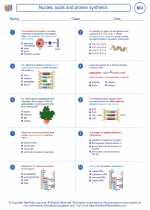
 Worksheet/Answer key
Worksheet/Answer key
 Worksheet/Answer key
Worksheet/Answer key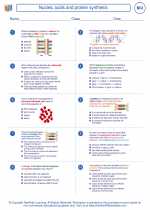
 Worksheet/Answer key
Worksheet/Answer key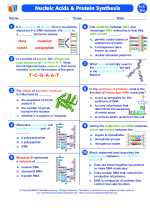
 Vocabulary/Answer key
Vocabulary/Answer key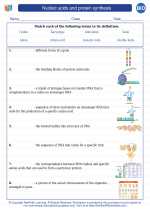
 Vocabulary/Answer key
Vocabulary/Answer key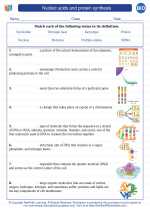
 Vocabulary/Answer key
Vocabulary/Answer key